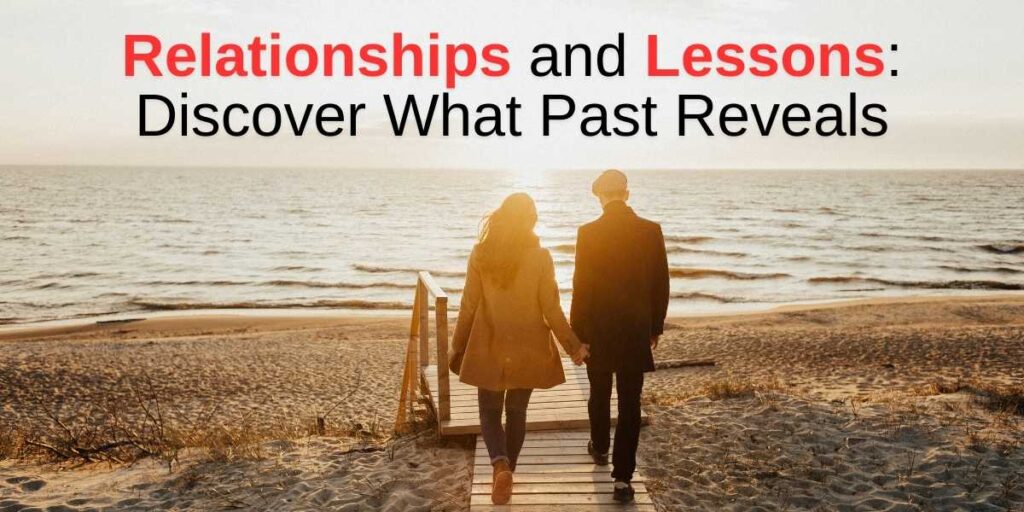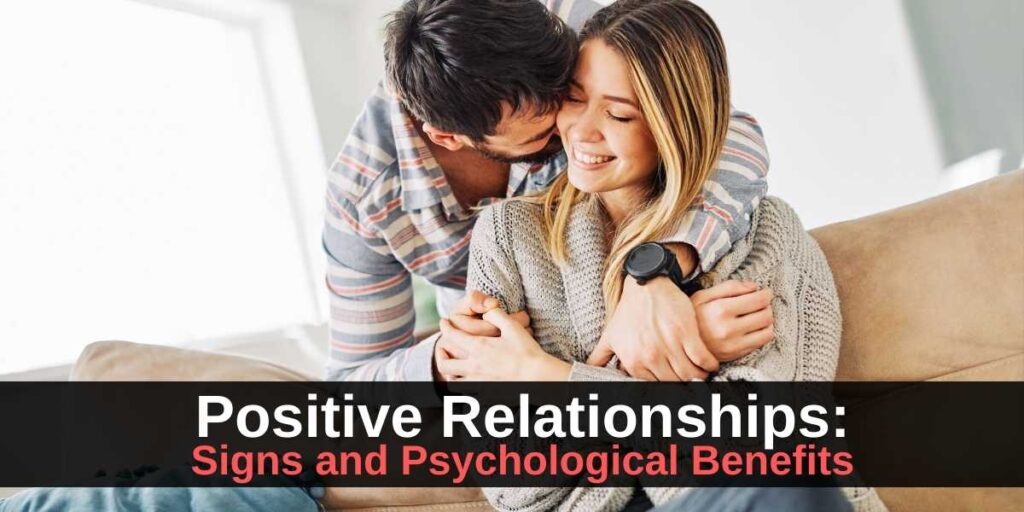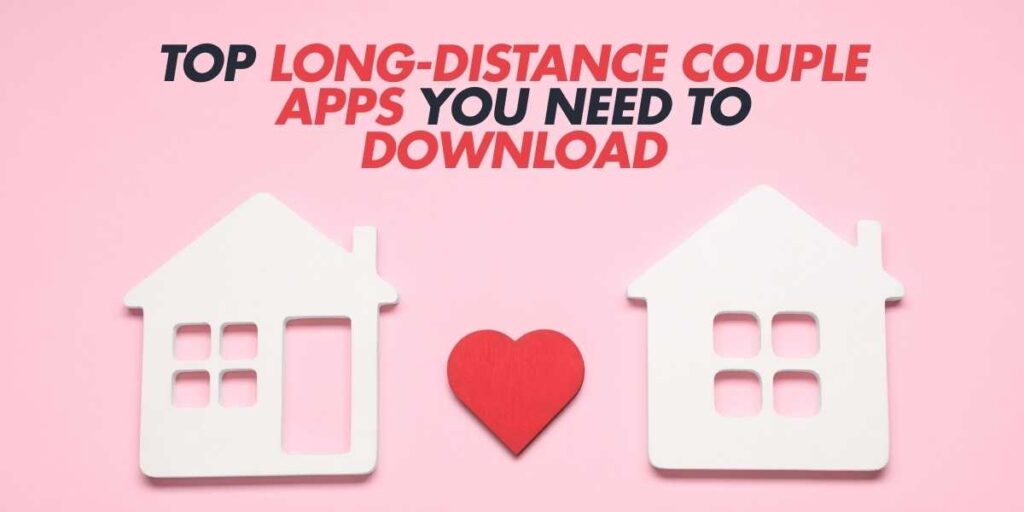Double texting is a common communication behavior that involves sending a second text message before receiving a response to the first one. It’s an intriguing phenomenon in our fast-paced digital world, where instant messaging is the norm. The concept of double texting can be a fine line to walk, offering both the potential for positive engagement and the risk of misinterpretation.
What Is Double Texting?
In essence, double texting is when someone sends multiple texts in succession without waiting for a reply. While this might seem trivial, it can have various implications depending on the context of the messages and the nature of the relationship between the sender and the recipient.
Why People Double Text
People double text for several reasons. Sometimes, it’s a simple reminder or an indication of eagerness in conversations. On other occasions, it might be driven by anxiety or the desire for immediate engagement, which can be more pronounced in a new or budding relationship.
Pros of Double Texting
Believe it or not, double texting isn’t always frowned upon. Here are some positive aspects that it can offer:
- Acts as a Reminder: People can forget to reply. A gentle follow-up can jog their memory and keep the conversation going.
- Shows Interest: It can make the recipient feel valued and cared for, as it shows that the sender is eager to continue the dialogue.
- Revives Conversations: Sometimes conversations fizzle out naturally. A double text can reignite interaction by introducing a new topic or returning to an abandoned one.
- Clears Misunderstandings: If the initial text was unclear or could be misinterpreted, a following text can clarify intentions.
Cons of Double Texting
However, double texting can also have negative effects, particularly if misused or overused:
- Can Be Annoying: Receiving multiple messages in a row can overwhelm the recipient, especially if they are busy or not interested in engaging.
- Perceived as Clingy: Constant follow-ups might give the impression of desperation for attention.
- Risk of Misinterpretation: Without context, additional texts might be misunderstood, leading to potential fallout in communication.
- No Take-Backs: Once sent, texts can’t be undone, potentially creating an awkward or tense situation if not well-received.
Best Practices for Double Texting
So how can one navigate the nuances of double texting effectively? Here are some guidelines to consider:
| Rule | Description |
| Time your texts | Allow a few hours before sending a follow-up message to give the recipient ample time to respond. |
| Ensure Relevance | Make sure the follow-up text adds value or information to the previous message. |
| Limit Frequency | Avoid excessive double texting; if it’s necessary, limit it to once or twice without a response. |
| Be Mindful | Consider the recipient’s communication style and preferences before double texting. |
Conclusion
In conclusion, double texting has its place in digital communication. While it can be advantageous in certain circumstances by showing care and maintaining connection, it’s crucial to remain courteous and considerate. By understanding the right context and timing for sending multiple messages, you can avoid potential pitfalls and foster more meaningful interactions. After all, communication is about understanding and adapting to mutual preferences; good luck and may your conversations be enriching!





